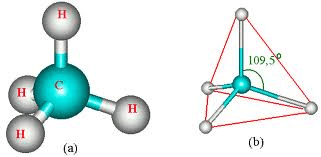Primary bioelements
If the chemical composition of living matter (biosphere) is compared with that of the atmosphere, hydrosphere and lithosphere, which are the three layers that living beings occupy, the following conclusions can be drawn:
- In the biosphere we will find a high amount of H and O because living matter is made up of water in a percentage that varies between 65% (terrestrial organisms) to 90% (aquatic organisms). All chemical reactions that take place in living beings develop in water, so the existence of living matter without water is not possible. All of this indicates that life originated in water.
- The rest of the primary bioelements (C, N, S and P) of the biosphere are not so abundant in the atmosphere, hydrosphere or lithosphere, so it can be deduced that living matter has not been formed from the most common elements. abundant, but from those (C, H, O, N, P and S) that thanks to their properties are capable of constituting it. These properties are:
- Their atomic mass is relatively small, which favors the establishment of stable covalent bonds when combined. The smaller an atom, the greater the tendency of the positive nucleus to complete its last orbital with the electrons that form the bonds, and, therefore, the more stable these bonds are.
- Oxygen and nitrogen are highly electronegative elements, so when they join covalently with other atoms, they often give rise to dipole molecules. As water is also dipolar, these compounds dissolve well in it and can react with each other, making possible the biochemical processes essential for life.
The rest of the properties are not common, so they are discussed separately below.
